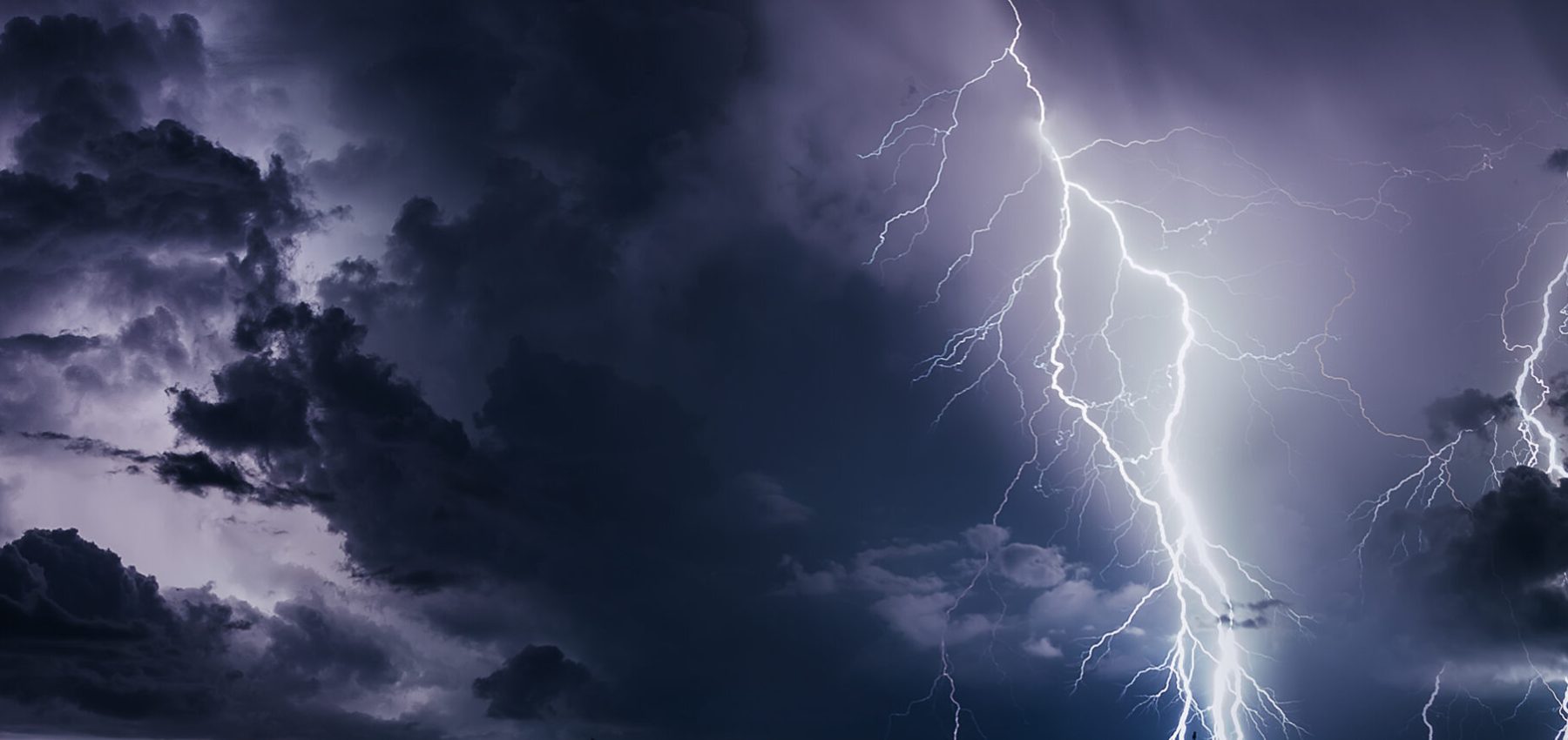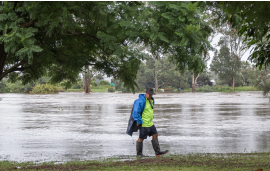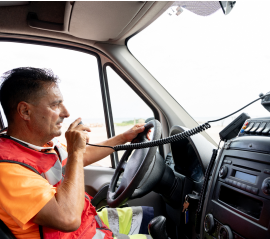
Lightning occurs when the air becomes electrically charged. Lightning travels about 40,000 km per second.
It kills up to 10 people and seriously injures up to 164 per year in Canada. Lightning starts about 4,000 wildfires every year in Canada.
Risk of lightning on the North Shore: Low
Cooler, drier air on the Pacific Coast means there are fewer lightning storms here than in other parts of Canada.
How to prepare
You may lose power during a lightning storm. Put together an emergency kit to ensure you are prepared for a power loss for at least 72 hours.
What to do during a lighting storm
If you can hear thunder, you are within striking distance of lightning. Take shelter immediately. If you can get inside:
- Stay indoors, away from windows, doors, and fireplaces
- Do not use your landline or electrical appliances. You may safely use your mobile phone if it is not plugged into the outlet.
- Listen to weather bulletins for updates
If you take shelter in your vehicle, park in a safe place away from trees or power lines.
If you are caught outside away from shelter:
- Stay away from tall objects and take shelter in low-lying areas
- Crouch down with your feet close together and head down
- Never take shelter under a tree
What to do after a lightning storm
- Wait at least 30 minutes after the last lightning strike before going outside.





